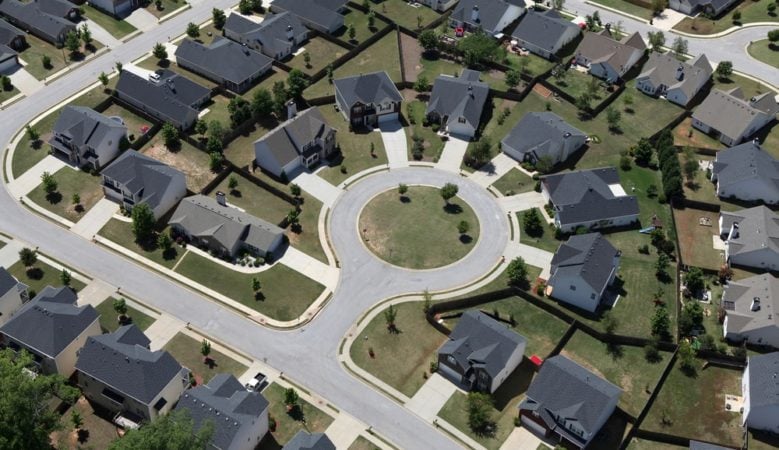Rising interest rates in the US means lower house prices, new analysis suggests

Interest rates rise in the United States is having an impact on home values but this is helping first time buyers, according to a new analysis of the residential real estate market.
Experts believe that home ownerships will continue to climb back towards the historic norms before the economic downturn as monthly mortgage payments remain manageable despite the rate rises, says the home price expectations survey from Zillow.
The quarterly survey, sponsored by Zillow and conducted by Pulsenomics LLC, asks real estate economists and experts for their predictions, including how the relationship between home values and interest rates has evolved in recent years and affects the housing market.
A majority, some 58% of panellists said home values today were somewhat or much more sensitive to changing mortgage rates than in years past. Only 15% said home values are somewhat or much less sensitive to interest rates.
Although mortgage rates have eased recently, they have risen from 4.03% last January to 4.51% this January and many market experts expect them to rise higher this year. The report points out that if mortgage rates grow to 5.5%, a typical household looking to spend no more than 30% of its income on housing would have to slash its home buying budget by nearly $35,000 to keep the mortgage payment from rising.
The result means buyers on strict budgets have a smaller share of potential homes to consider, and others might stretch their budgets dangerously thin.
‘Historically, small movements in mortgage rates have not dramatically shifted the housing market. During previous periods of rising rates in the mid-1990s and mid-2000s, the housing market remained strong buoyed by a strong labour market and, in the latter case, by lax lending standards,’ said Zillow senior economist Aaron Terrazas.
‘But that pattern may not repeat itself. There are strong reasons to believe that the housing market is more responsive to changes in interest rates than in the past, accelerating when rates drop and slowing when rates rise. Mortgage rates hit seven year highs in November but then fell back in December. If they remain low during the early months of 2019, the housing market could see a modest reacceleration,’ he added.
Despite that uncertainty, the panellists largely expect first time buyer activity to increase and investor activity to decrease this year, with the home ownership rate climbing above its long-term average in the next five years.
Nearly half the panellists predicted first time buyer activity would increase somewhat or substantially, with less than a quarter predicting a decrease. The rest said it would remain about the same.
Repeat buyer activity, by comparison, was a prediction stalemate, with nearly half saying it would not change much, and 23% on either side predicting it would increase somewhat or decrease somewhat. Research suggests that would-be move-up buyers are particularly constrained in a rising rate environment. More than half of panellists said they expected investment activity to decrease somewhat or substantially in 2019.
Based at least in part on that surge of first time buyers, an overwhelming 88% of panellists said the home ownership rate would be higher in five years than it is now, and 84% said it would be higher in two years than it is today.
The home ownership rate reached a peak of 69% in 2006 but fell to just under 63% by 2016, as nearly 10 million home owners lost their homes to foreclosure during the recession. Since then, it has ticked upward to 64%, near the historical average of 65%.
‘Expectations of higher activity among first-time buyers this year, coupled with projections for diminished activity among individual and institutional investors, are contributing to a favourable outlook for the US home ownership rate,’ said Terry Loebs, founder of Pulsenomics.
‘Despite recent price and rate increases, more than eight in 10 experts believe that homeownership in this country will be higher two years from now, and within five years, that it will eclipse the historical average level,’ he added.




